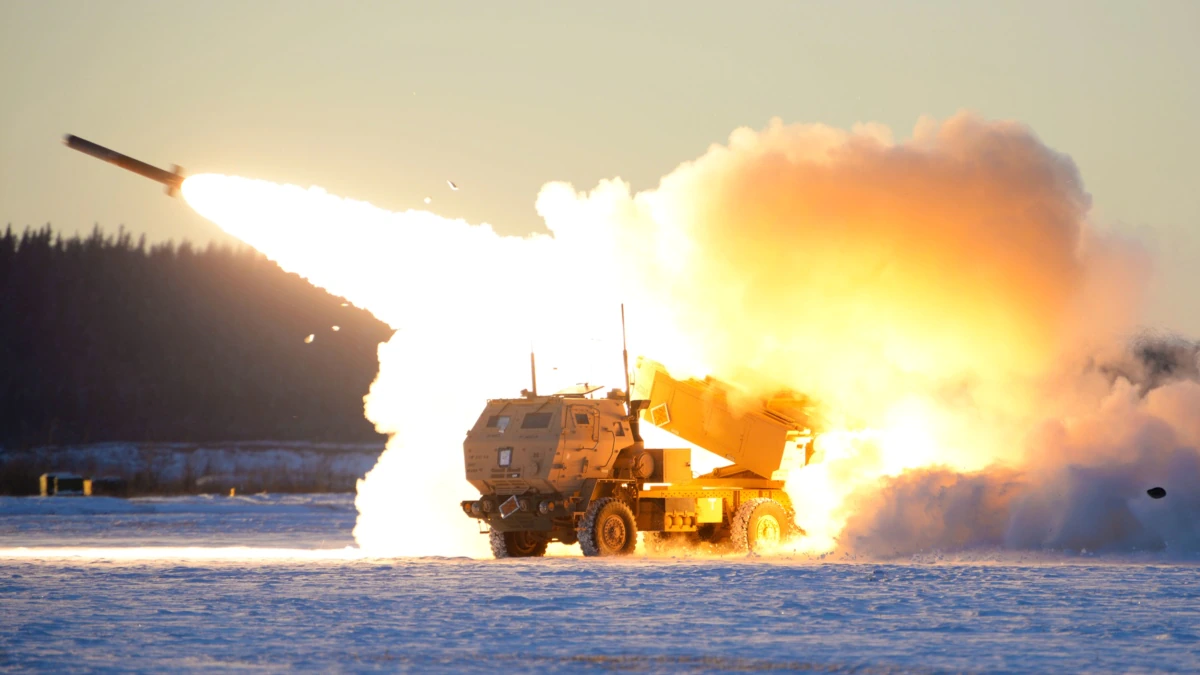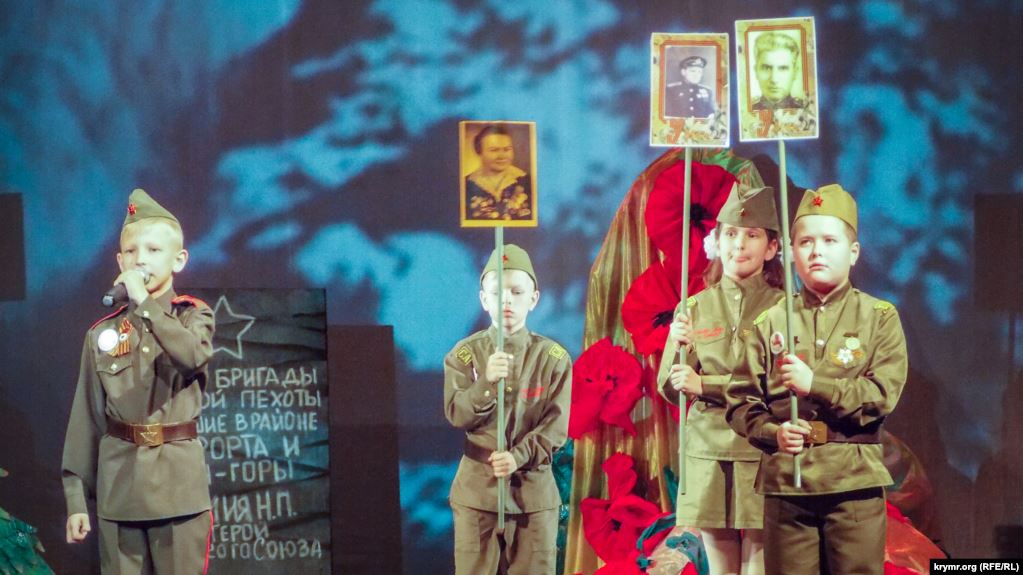It was Russia's war to win. All odds pointed in their favour...
Both the Ukrainian and Russian armies apply artillery on the battlefield according to completely different strategies. Both Ukrainian and Russian artillery systems were similar at the start of the war, though Russia had far more weapons and ammunition than Ukraine. Volodymyr Datsenko, an analyst and member of the Ukroboronprom procurement system reform team, indicates that Russia had five times more ammunition than Ukraine did at that time. Moreover, Ukrainian artillery has suffered from routine wear and lack of ammunition as it has been used continuously since 2014. Each side used artillery based on their available resources. In the first month of the war, the Armed Forces of Ukraine used drones and Special Operation Forces to identify Russian supply convoys and eliminate them with targeted artillery, causing significant losses to the Russians, who were unprepared for such attacks.Intercept shows Russia behind Olenivka prison explosion that killed POWs; Wagner PMC involved – Ukrainian SBU, intelligenceThe Russians applied artillery power in a more chaotic manner at the beginning of the war. Lacking artillery reconnaissance, they shot randomly, often hitting civilian objects rather than military targets. This occurred across Ukraine, especially in Kyiv, Sumy, and Chernihiv Oblasts. Russians have also encountered significant logistics challenges in supplying their troops with fuel and food, as well as ammunition for their artillery.
Donbas: Russia's scorched-earth policy
Russian artillery logistics, having been actively developed from 2014-2022, allowed Russians to take full advantage of their gun and ammunition superiority at the beginning of the war. The key component of Russian military logistics is the railway. As such, the success of Russian military operations is limited to the presence of railways in areas near the battlefield. The failed Russian campaign in northern Ukraine illustrated the lack of Russian logistical capabilities without a functioning railway. Since their defeat in northern Ukraine, Russian strategy has been to stockpile ammunition in warehouses at various points along the offensive line, then use the stored ammunition to bomb Ukrainian military positions. These bombs hit various targets, both military and civilian, arbitrarily across villages, cities, and open fields.Will Ukraine win the war against Russia? Military components, key factors and their impact explainedThis scorched-earth policy allowed Russia modest success: kilometer by kilometer Russia took control first of Volnovakha, then Mariupol, next Sievierodonetsk and Lysychansk, and Russian troops moved significantly forward towards Sloviansk and Bakhmut. All the preconditions were established for future slow-term Russian success.
The decisive factor of HIMARS. Returning to early war tactics
Western allies predicted Russia's artillery strategy and reinforced the Ukrainian Army with new artillery, including 155m Howitzers to lead counter-battery fire and to destroy Russian troops on the front lines and M142 High Mobility Artillery Rocket Systems (HIMARS), high precision weapons used to hit targets at distances ranging from 80km to 300km. Since the first HIMARS were delivered to Ukraine a few weeks ago, the Ukrainian Army has destroyed more than 20 Russian artillery depots and storage bases in various oblasts across the country, including the territory of occupied Kherson and Zaporizhzhia oblasts and the territory of the self-proclaimed 'Donetsk and Luhansk People's Republics.' Without these valuable ammunition stores, the Russian logistics strategy begins to fail. Russia can't transport large quantities of ammunition by road, so it cannot supply its Army with ammunition if the railways and warehouses have been destroyed.Russia recently attempted to launch an offensive with only armored vehicles without proper artillery support. However, the Ukrainian military is well-equipped with anti-tank weapons and caused significant damage to Russian manpower and armored vehicles, as was the case when Russia employed similar tactics in northern Ukraine in the spring. Artillery storage units are complicated logistical centers. They require a specific infrastructure, including a network of buildings suitable to house special equipment; access to the railway, loading equipment, and dozens of supply cars; and strong security. One storage unit costs tens of millions of dollars and is impossible to restore quickly.No one is going to purchase Russian missile defense systems anymore after we all witnessed how powerless they turned out to be against regular American missiles
Russian military power's reputation has also suffered, particularly because Russian air defense is unable to protect critical infrastructure from Ukrainian missiles. In an interview with Rado NV, Serhii Kuzan, the head of the Ukrainian Security and Cooperation Center, stated that "no one is going to purchase Russian missile defense systems anymore after we all witnessed how powerless they turned out to be against regular American missiles." The great myth about the power of Russian arms has been debunked." At this point, with the help of HIMARS, Ukraine has returned to tactics used at the start of the war, destroying the Russian Army's rear and logistical centers first before maneuvering infantry to attack. This forces the Russians to rely on armored vehicles, which have previously proven ineffective against Ukrainian and Western anti-tank weapons. The Russian Army has limited offensive capability in this position. The relatively small number of HIMARS, on the other hand, does not allow Ukraine to negate Russian offensive efforts, only to suspend them. To combat this, the Ukrainian Army frequently relocates these appliances across the front, from an ammunition depot in Nova Kakhovka in Kherson to an airfield in Melitopol in Zaporizhzhia to Donbas.Ukraine's General Staff shared photos and a video of HIMARS multiple-rocket launchers working at Russian targets in Zaporizhzhia Oblasthttps://t.co/RS9Czzhtnr pic.twitter.com/eXBwkBQDrz
— Euromaidan Press (@EuromaidanPress) July 4, 2022
Ukraine will use HIMARS to strike Russian military objects in occupied Crimea - intel
— Euromaidan Press (@EuromaidanPress) July 16, 2022
GUR rep Vadym Skybitskyi: Crimea has become a Russian weapons hub & launchpad of the Black Sea fleet; therefore objects there need to be hit to ensure safety of Ukrainehttps://t.co/I69z1bOIUV pic.twitter.com/PeVMD0ksvQ
A change of Russian tactics is emerging
This is Russia's first major logistical artillery problem in eight years. To regain their offensive strength, they must construct new ammunition storage – but newly constructed stores will still be visible to American satellites. Now, as Ukrainian missiles target railway stations, Russia will encounter similar railway problems. As a result, Russian tactics will likely change, supplies will be reduced, and aviation will operate with greater caution. It will evolve into a completely different type of warfare. Now the most important component is for the West to continue supplying Ukraine with multiple rocket launchers, howitzers, and weapons in order to halt Russian advances and allow Ukraine to counterattack. Ukraine's current ammunition reserves are inadequate to defend its territory and prevent Russia from advancing deeper into Ukraine and even further into Europe. According to Oleksiy Danilov, Secretary of Ukraine's National Security and Defense Council, "The number of advantages of the Russian army is offset by Ukrainian missile and artillery accuracy. Western weapons [supplied to] Ukraine's Armed Forces are already altering the course of the war. And we haven't even begun!" RelatedWestern weapons [supplied to] Ukraine's Armed Forces are already altering the course of the war. And we haven't even begun!
- The air defense Ukraine needs to stop Russia’s missile terror
- Intercept shows Russia behind Olenivka prison strike that killed POWs; Wagner PMC involved – Ukrainian SBU, intelligence
- 300 MLRS is a “good number” for Ukraine: Ukrainian military expert on achieving weapons parity with Russia
- Many countries ask to keep the weapons they give Ukraine a secret – Ukraine’s RNBO chief Danilov
- Will Ukraine win the war against Russia? Military components, key factors and their impact explained
- What weapons for Ukraine would help it win the war against Russia





